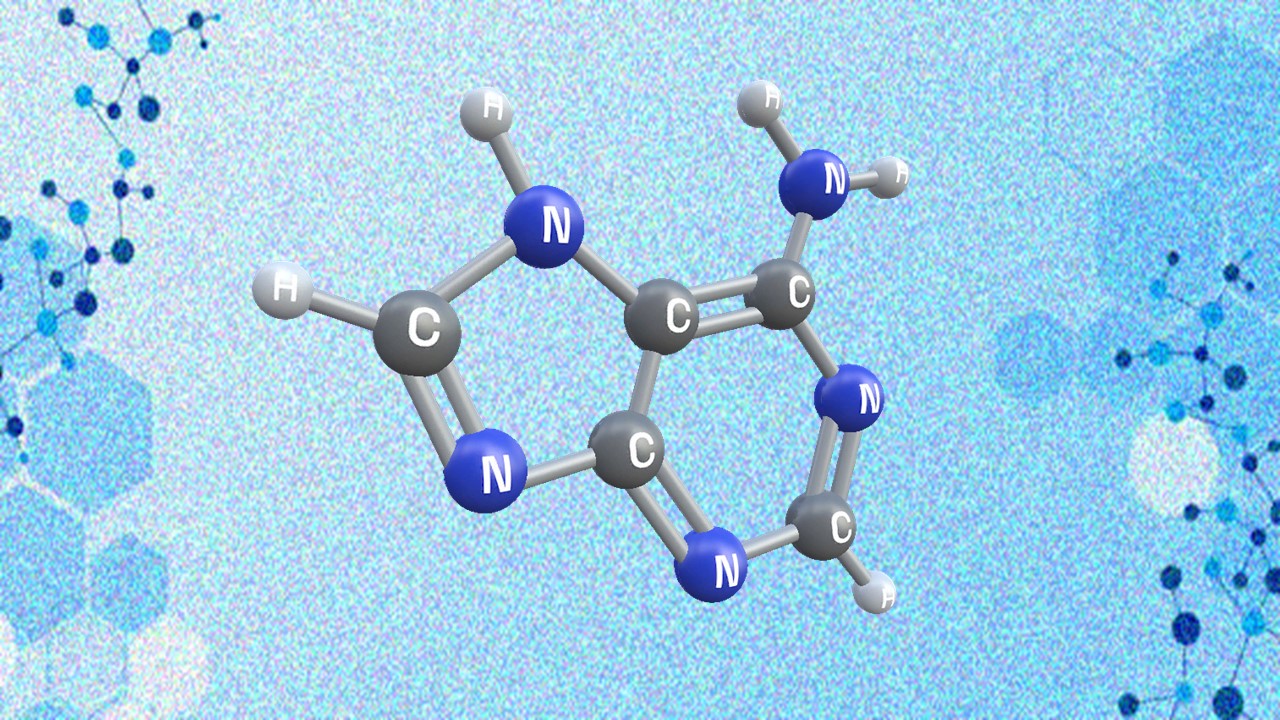
The drug development process is evolving at an exponential rate, with new technologies and systems supporting all areas. Pharmacovigilance (PV) is one of the most critical components of the drug development cycle, ensuring that biological products meet the desired safety profile before seeking market approval. Cloud-based solutions are one of the exciting innovations hoping to improve the overall PV process.
All biopharmaceuticals undergo rigorous testing for safety and efficacy through clinical trials before they are granted approval for market use. PV is an extensive process and is divided into three areas: operations, surveillance and systems.
PV involves a considerable amount of data input and analysis to ensure safety is being maintained while also searching for previously unidentified adverse events (AEs) or changes in severity in known ones.
Despite the process undergoing serious improvement over the years, there remain a number of key challenges the industry is aiming to address including – inconsistent reporting of adverse events, challenges in spontaneous reporting, a priority of efficacy over safety, limitations in published case reports, analysis of electronic health records, and system integration.
Current challenges the industry is facing
Inconsistent reporting of adverse events is a particular issue that occurs in clinical practice. Adverse events can arise several hours after drug administration, hence patients do not always recognise when they occur and so fail to accurately report them to a healthcare professional. This is very important for the drug manufacturer, as it could indicate a potential issue with the safety of the drug, especially if a particular AE is reported a significant number of times.
The volume of AE cases is also growing with disease complexity, which presents an issue in trying to produce an effective drug which matches an appropriate safety profile.
System integration is a particular issue right now for the industry, as a number of organisations struggle to integrate new technologies like cloud computing into their traditional systems. Standardisation of the medical domains, signal definitions, adverse events, and medical coding is crucial to ensure quality in signal analysis. Unfortunately, it remains a challenge as there is no standard framework to allow system integration.
Telehealth devices like actigraphy bracelets or social media are driving real-time data into the systems created to identify AEs. The increasing number of organisations utilising telehealth in their research introduces new sources of information, which will require new PV protocols to build the advanced analytics capabilities to determine the value of the data.
Global regulations are becoming increasingly complex – according to an industry report, increased regulatory scrutiny will continue driving the need for new PV capabilities; regulations will evolve and formalize in countries with nascent regulatory environments.
With evolving technological innovations and changes in global health care, the landscape for pharmacovigilance is changing – and as a result, many organisations are facing significant cost burdens to maintain and upgrade their systems.
This, in turn, has seen a shift in the industry, prompting many biopharma companies to consider how new technologies and advanced analytics could help improve their current PV systems – to progress from ”merely analyzing, formatting, and submitting reports on patient- and provider-supplied case processing and signaling data to creating a next-generation digital learning system that efficiently and cost-effectively increases product quality and patient safety”.
Next-generation PV technology
Creating a next-generation PV system has become a key focus for many pharmaceutical organisations to not only reduce costs, but to improve patient safety which is the main priority.
It has been noted that there are four key components a new system should include:
• Cognitive case processing to automate data intake and processing to help improve the efficiency and quality of the AE life cycle.
• Aggregate and operational reporting that is scalable, user friendly, and designed to support high volumes and large data sets.
• Signal detection, evaluation, and management that consolidate and streamline processes and systems so analysts can perform validation and assessment activities without leaving the system, leading to more efficient and accurate data management.
• Safety metrics that leverage existing safety data, new real-world sources, and supervised and unsupervised machine learning to detect, assess, understand, and help prevent safety-related issues while uncovering benefits that can improve patient outcomes.
Cloud solutions
Cloud-based solutions are an emerging solution to support pharmacovigilance, and essentially constitutes the delivery of computing services via the internet – this includes servers, storage, networking, software, analytics and intelligence.
One of the main benefits for pharmacovigilance is the ease of upgrading systems. As the regulations regarding drug safety change or new technological innovations emerge, systems analysing data regarding drug AEs is automatically improved to support the new requirements.
This is a huge benefit for pharma companies as upgrades for on-premise safety applications are considered extremely expensive and sometimes time-consuming, which can be disruptive to the business.
Smoother data integration is another benefit for utilising cloud-based systems in PV. Traditional PV systems require manual export of data to third party solution providers who process data reporting and integration. The lack of standardised integration for on-premise tools creates a significant challenge for drug safety as there may be critical data missed between transfer of systems, or specific users may not be able to access the data easily.
The adoption of cloud-based solutions for PV has been observed over the past few years as technology has evolved. It was emphasised in a recent article that “cloud-based capture and reporting is a key trend in the PV space, and is now being used to bring a fully-integrated database to all stakeholders”.
In addition to the pharma industry, it has been noted that the integration of cloud technology can support healthcare providers to access drug safety information more easily – whether this data has been reported during clinical research or post-market experience.
Charlotte Di Salvo, Editor & Lead Medical Writer
PharmaFeatures
Subscribe
to get our
LATEST NEWS
Related Posts

AI, Data & Technology
The Power of Unsupervised Learning in Healthcare
In healthcare’s dynamic landscape, the pursuit of deeper insights and precision interventions is paramount, where unsupervised learning emerges as a potent tool for revealing hidden data structures.

AI, Data & Technology
Unlocking Intelligence: A Journey through Machine Learning
ML stands as a cornerstone of technological advancement, permeating various facets of our daily lives.
Read More Articles
Synthetic Chemistry’s Potential in Deciphering Antimicrobial Peptides
The saga of antimicrobial peptides unfolds as a testament to scientific ingenuity and therapeutic resilience.
Appreciating the Therapeutic Versatility of the Adenine Scaffold: From Biological Signaling to Disease Treatment
Researchers are utilizing adenine analogs to create potent inhibitors and agonists, targeting vital cellular pathways from cancer to infectious diseases.












